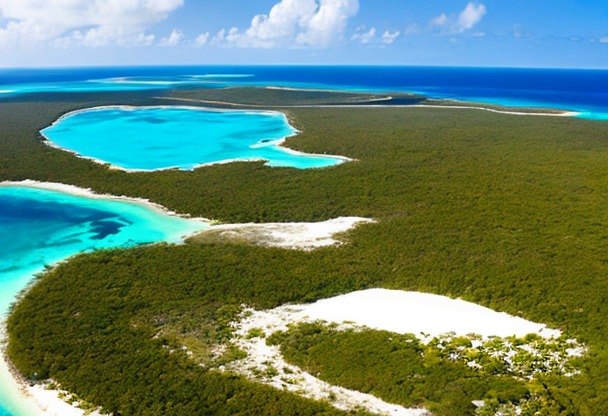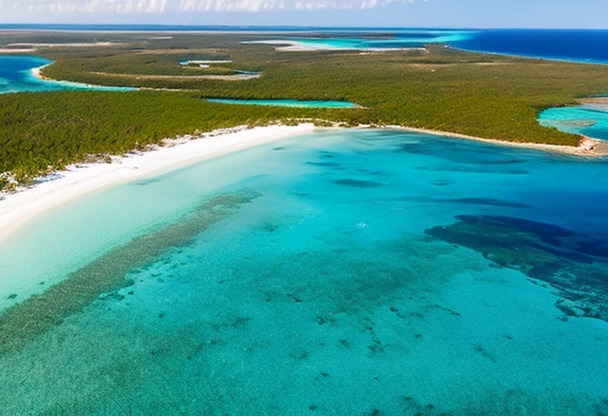WHEN TO TRAVEL TO THE BAHAMAS
Choosing the right time for your trip to the Bahamas can make all the difference. It is important to consider weather elements, seasonal events, and peak tourist times to maximize your travel experience.

Location
Climate
Bahamian climate: dry season and wet season
The climate of the Bahamas is subtropical, with two main seasons: the dry season, which generally runs from November to April, and the wet season, which runs from May to October. The average temperature varies between 24°C and 29°C throughout the year, with peaks reaching 32°C during the warmer months.Dry season (November-April): ideal for visiting the Bahamas
The dry season is considered the best time to visit the Bahamas. Temperatures are pleasant, ranging from 24°C to 27°C, and rainfall is rare. In addition, this period corresponds to the high tourist season, which means that the offer of cultural activities and events is greater.Wet season (May-October): avoid if possible
The wet season in the Bahamas is characterized by high temperatures, around 29°C, and high humidity. Rainfall is common, especially in August and September, when the risk of hurricanes is highest. This period corresponds to the low tourist season, which means that crowds are lower and accommodation rates are generally lower. However, it is best to plan your stay during the dry season to take full advantage of the sun and activities on offer.Cultural Events and Holidays in the Bahamas
The Bahamas has a rich cultural heritage, with many festivals and celebrations throughout the year. Here are some of the major events not to be missed during your stay in the archipelago:- Junkanoo : This colorful parade celebrates the end of the year and the beginning of the new year. It takes place mainly in Nassau, but also in other islands of the archipelago. The festivities begin on December 26 and continue until January 1.
- Cat Island Arts Festival : This annual event celebrates traditional Bahamian music, Rake n' Scrape. It takes place in June on Cat Island and offers concerts, workshops and other cultural activities.
- Goombay Summer Festival : This festival celebrates Bahamian culture through dance performances, music and local culinary tastings. It takes place during the months of July and August on different islands of the archipelago.
- Regatta Time in Abaco : This sailing competition attracts sailors from all over the world every year. It is held in July in the crystal clear waters of the Abaco archipelago.
- New Year's Day (January 1st)
- National Heroes Day (last Friday in January)
- Good Friday and Easter Monday (dates vary depending on the year)
- Labor Day (first Friday in June)
- Independence Day (July 10)
- Emancipation Day (first Monday in August)
- Columbus Day (second Monday in October)
- Remembrance Day (second Monday in November)
- Christmas (December 25) and Boxing Day (December 26)
Tips for Choosing the Best Time to Go to the Bahamas
To summarize, here are some tips to consider when determining the best time to visit the Bahamas:- Favor the dry season (November-April), when the climate is more pleasant and the tourist offer is greater.
- Avoid the wet season (May-October) if possible, due to the risk of hurricanes and heavy rainfall.
- Take major cultural events and holidays into account when planning your stay to fully enjoy the Bahamian experience.
Insurance
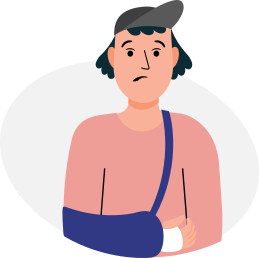
Your credit card does not cover you in all situations, that is whyIt is essential to take out insurance before you leave to avoid any unpleasant surprises. If you need to see a doctor or be hospitalized, in some countries, medical costs are very high and you will then find yourself having to pay several thousand euros.
Our partner Chapka Insurance proposes the contract CAP ASSISTANCE 24/24 with many essential guarantees.
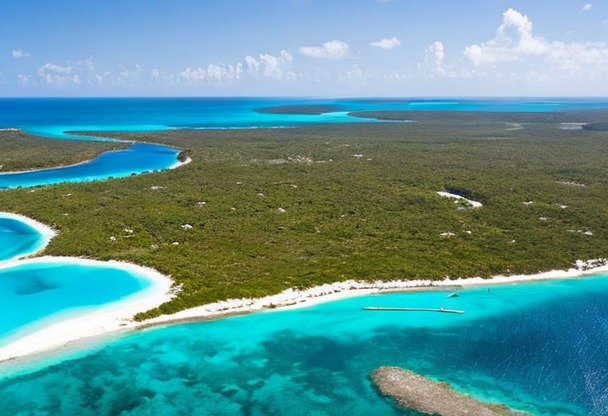
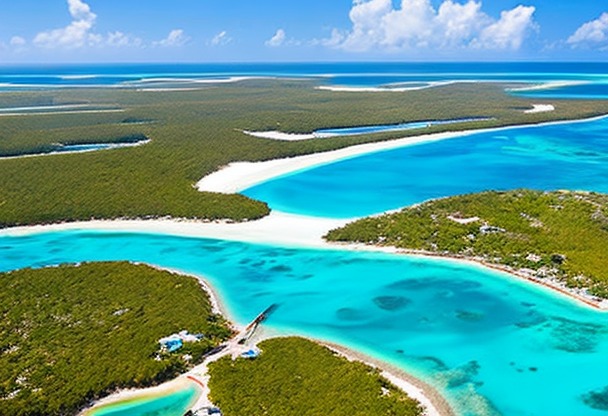
Flights
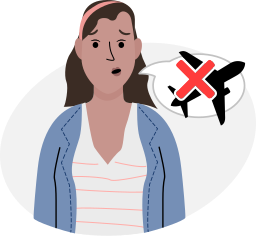
Your flight has been cancelled or delayed ?
You may be eligible for a compensation of up to €600 ! For this, lawyers are responsible for handling your claim with the airline and are only paid when the reimbursement is effective.
In conclusion, no financial risk for you, only advantages!
General Immigration Statistics for the Bahamas
The Bahamas is made up of 700 islands and cays spread over an area of 100,000 square miles. The total population of the Bahamas is approximately 400,000, a significant proportion of whom are immigrants. According to available data, approximately 15% of the Bahamian population is composed of immigrants. This proportion is constantly increasing, as evidenced by the chart following :- 2010 : 12.7 % immigrants
- 2015 : 14.6% of immigrants
- 2020 : 15.3 % immigrants (estimate)
Most requested visas in the Bahamas
Visa applications for the Bahamas come mainly from people wishing to visit the country for tourism, business or to join family. The most commonly issued visas by the Bahamian authorities are:- Visitor (tourist) visa: This visa is for people wishing to stay in the Bahamas for vacation, family visit or recreational activity. The maximum length of stay is usually 90 days.
- Business visa: Business travelers can obtain this visa to attend conferences, trainings or professional meetings. The validity period varies depending on the nature and duration of the event.
- Student visa: International students who wish to pursue their studies in the Bahamas must hold a student visa. This visa is valid for the entire duration of the study program.
- Work visa: Skilled foreign workers can obtain a work visa to work in the Bahamas. This visa is often linked to a firm job offer from a local company.
Bahamas International Tourism Figures
The sector of tourism is one of the pillars of the Bahamian economy. In fact, the Bahamas welcomes approximately 6 million foreign visitors each year, the majority of whom come from the United States and Canada. Here are some key figures on tourism in the Bahamas:- International tourist arrivals in 2019: 7.2 million (including 5 million per cruise ship)
- Direct contribution of tourism to GDP in 2019: 21,1 %
- Total contribution of tourism (direct and indirect) to GDP in 2019: 48,4 %
- Tourism related jobs in 2019: 52,500 (i.e. almost 50,000 of the working population)
Impact of COVID-19 pandemic on tourism in the Bahamas
The global health crisis caused by the COVID-19 pandemic has had a major impact on the tourism industry in The Bahamas, as in many other countries. Travel restrictions imposed to curb the spread of the virus have led to a drastic drop in the number of international visitors. In 2020, foreign tourist arrivals decreased by almost 70,% compared to the previous year. In response, the Bahamian government has implemented measures to support tourism businesses and prepare for the recovery of tourism in the best possible conditions. Authorities are also working with international partners to strengthen health protocols and ensure the safety of travelers.Future prospects for tourism in the Bahamas
The natural beauty and diversity of the islands, combined with a varied and quality tourism offer, will continue to attract visitors from around the world. The development of new hotel projects and infrastructure, as well as the promotion of the archipelago's lesser-known destinations, will also contribute to strengthening the attractiveness of the Bahamas on the international tourism scene.